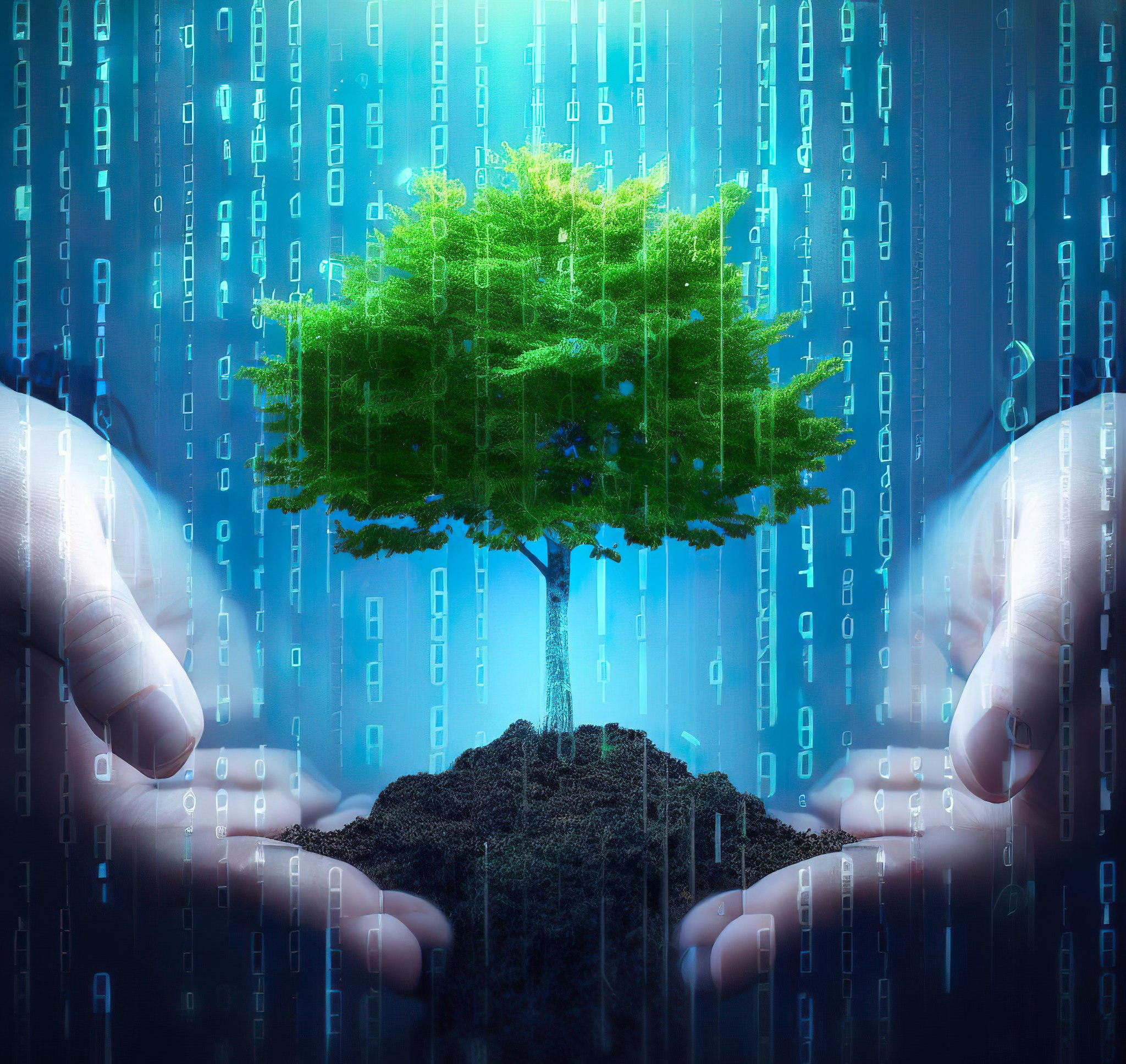A computer science study presents a revolutionary new way to think about agriculture and its potential benefits for farming.
The world’s population hit a staggering 8 billion on November 15, 2022. As this number continues to rise, the looming question is: how can we ensure everyone has enough to eat? The challenge is further amplified by issues such as climate change, depletion of natural resources, soil degradation, and the environmental impact of fossil fuel-dependent agriculture. There’s a pressing need for change, but the question is, what form should this change take?
In response to this, Barath Raghavan, an associate professor of computer science at USC Viterbi, is turning traditional farming practices on their head. He is spearheading the creation of computational tools that could potentially revolutionize the way farmers conceive, implement, and manage sustainable farming methods.

Horticulture enthusiast and computer scientist Barath Raghavan is rethinking traditional farming practices. Credit: Noe Montes
Raghavan, a member of the California Rare Fruit Growers organization, currently grows more than 150 different edible plants in his yard. A decade ago, he started to combine his interests by researching how computing could make agriculture more sustainable.
Raghavan calls this new area of research “computational agroecology,” uniting technology and farming expertise to develop diverse agricultural landscapes based on natural ecosystems. From crop selection to planting to irrigation, the method allows farmers to explore thousands of different potential designs to optimize food production without fossil fuel-derived pesticides.
“How can we design an ecosystem that is as productive and sustainable as a natural forest, but instead of producing food for wildlife, it’s producing food for people?” said Raghavan.
“It’s an incredibly hard problem because designing an ecosystem is a super complex, dynamic, natural system. We’re trying to build computing tools that can figure out how ecosystems work, so we can grow food plentifully and sustainably.”
“A totally new way to think about agriculture”
In a new paper recently published in PNAS Nexus, Raghavan and his colleagues propose “a totally new way to think about agriculture and the benefits it can have for research and farming,” said Raghavan.
In this study, the researchers reconceptualize agriculture as a search through a “state space,” which represents all possible configurations of a system—in this context, agricultural land.
To better understand the concept of a state space, imagine a box of blocks: each block could be red, blue, or yellow. The state space would consist of all the possible ways to arrange these blocks, such as all red, blue, or green, or a combination of the three colors.
In the same way, a state space for an agricultural system might consist of all the possible variables that the system can take—such as crop or soil type, weather conditions, irrigation, fertilization, or pest control.
This allows agricultural researchers and farmers to explore the different paths and strategies available—taking different “blocks” or variables and placing them together to see what works.
Essentially, an agricultural “sandbox” to determine optimal configurations to increase crop yield, improve sustainability, and discover entirely new combinations of crops that grow well together.
For instance, the framework enables analytics and machine learning that could allow researchers to analyze the patterns between crop yield and soil moisture content or simulate growing different types of crops together for biodiversity.
“Once we can conceive of a farm this way, we can then reframe many research questions and farming planning questions as a search through the space of all possible states the farm could possibly end up in, with certain states being more desirable than others,” said Raghavan.
“This allows us to compare and contrast different approaches to farming, explore and combine techniques, and then search the state space in simulation for new farming techniques that have never been tried before and where trial and error in the real world would be far too expensive and time-consuming.”
“Playing a chess game with nature”
For example, in Southern California, farmers have recently discovered that high-quality coffee can grow plentifully between avocado trees. But figuring out the right way to do that, and maybe even add another couple of crops that work well together, is site specific.
“Each farmer doesn’t have the time or ability to do trial and error for years to figure out the right way to grow a half dozen crops on their land,” said Raghavan.
“Instead, with the conceptual framework and eventually software framework of state spaces, a farmer could spell out an objective—such as diversified harvest with high yield and possible high profit for a specific piece of land—and have the system explore the state space and produce possible plant mixtures, placement, and management techniques that meet the farmer’s criteria.”
Raghavan compares the process to “playing a chess game with nature, but one that is both competitive and collaborative.”
“You’re making moves on the chessboard, which is your land, and nature is making moves too. Pests are going to eat one crop; a flood is going to damage another. What we are building is a computational framework that allows you to explore all the different ways that you might ‘play’ this game of chess with nature so that we can come up with the best one for your land.”
The group including Raghavan recently received a grant from the U.S. Department of Agriculture’s National Institute of Food and Agriculture for their research in this area. Now, the team is working through possible use cases with researchers and farmers to incorporate specific use cases and to develop software that can make it easy to simulate and explore state spaces.
- Karlston
-

 1
1




Recommended Comments
There are no comments to display.
Join the conversation
You can post now and register later. If you have an account, sign in now to post with your account.
Note: Your post will require moderator approval before it will be visible.